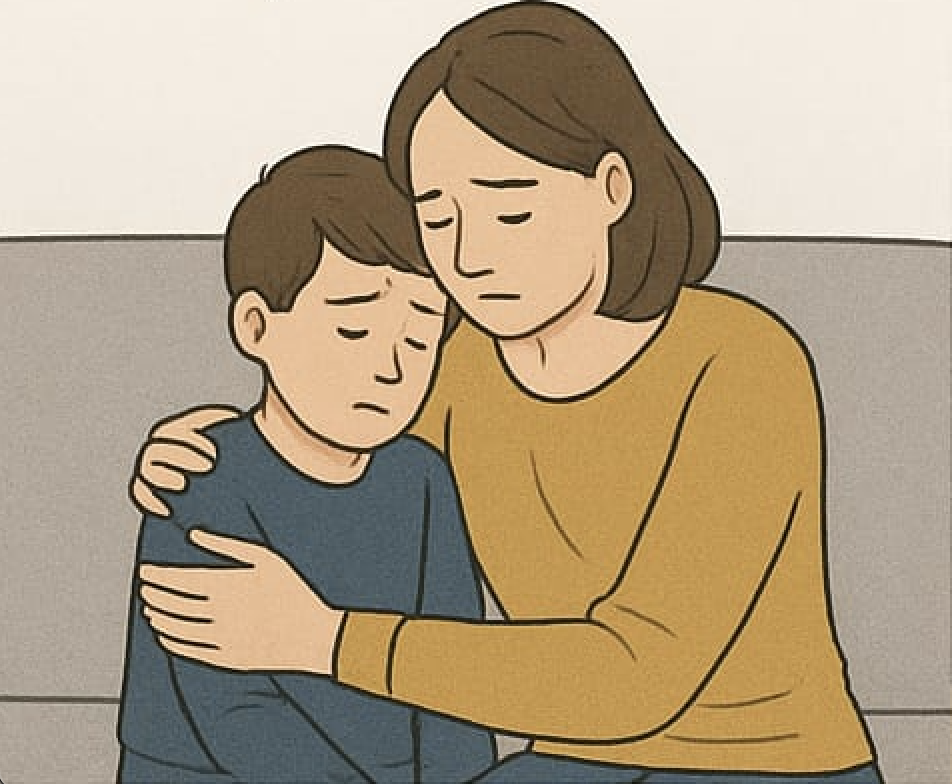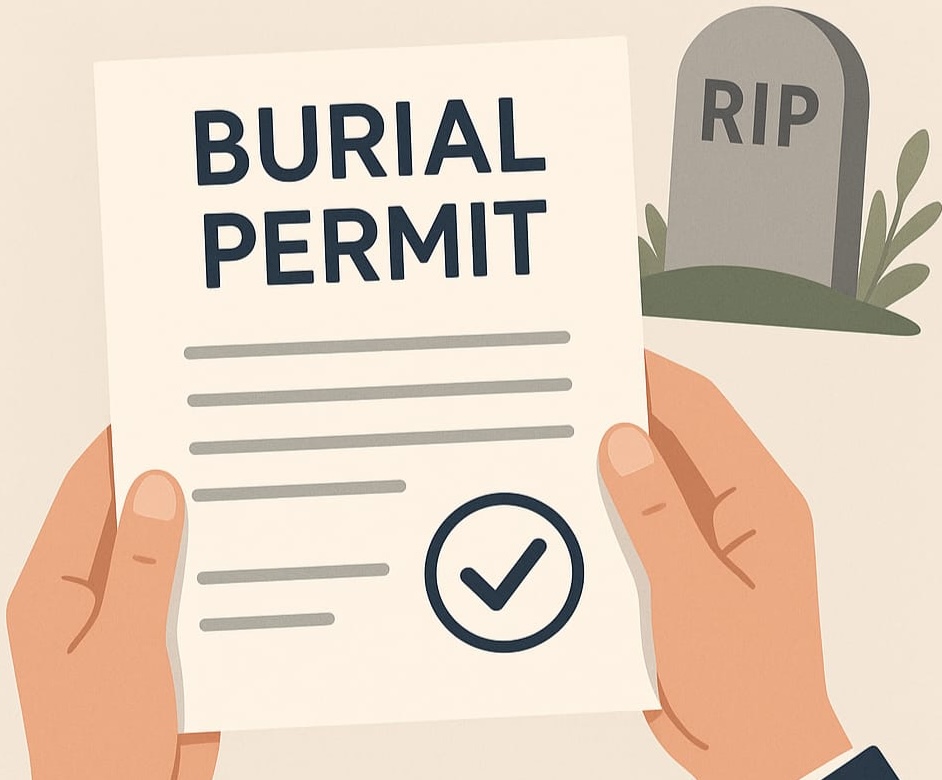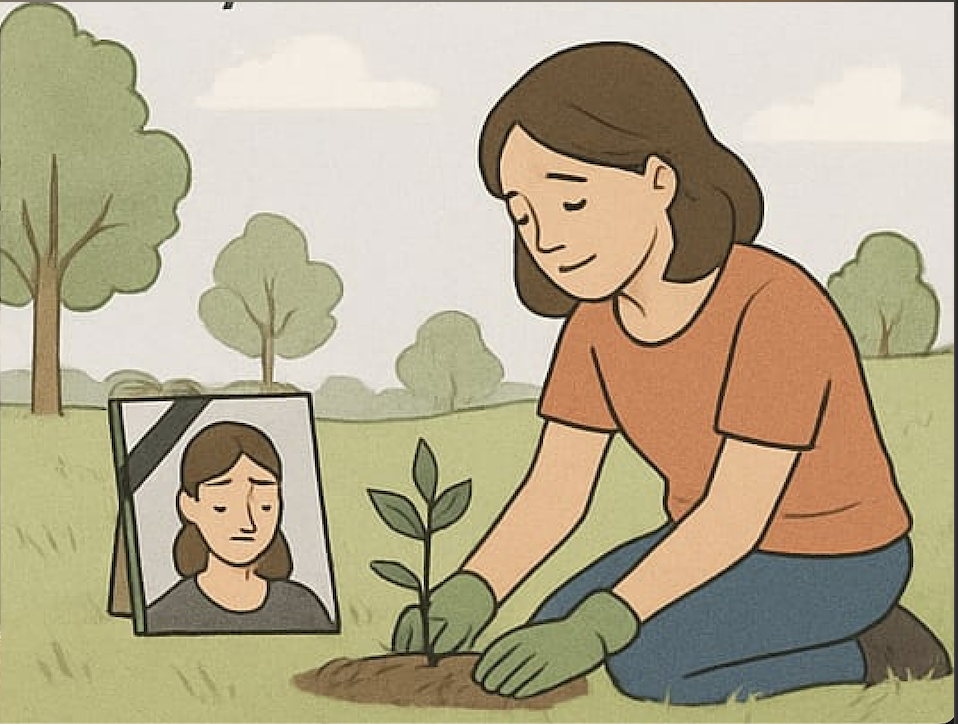Helping children cope with grief
Losing a loved one is hard for anyone; for children, it can be confusing, frightening and isolating. This guide offers practical, culturally aware steps caregivers, teachers and community leaders can use to support children through bereavement.
Understand age-appropriate reactions
- Toddlers (1–4 years): May show regressive behaviour (bed‑wetting, clinginess), disrupted sleep and repeated questions. They feel the absence but don’t grasp permanence.
- Young children (5–9 years): May believe death is reversible, act out, or display somatic complaints (stomach aches, headaches). Play and drawings often reveal fears.
- Preteens and teens (10–18 years): May show anger, withdrawal, risk taking, or take on household responsibilities. Older children understand finality but struggle with complex emotions and identity shifts.
Immediate practical steps
- Tell the truth simply and clearly. Use words like “died” or “passed away” rather than euphemisms that can confuse. Be honest at a level the child can understand.
- Provide routines and stability. Keep mealtimes, school attendance and bedtime rituals consistent to help children feel safe.
- Allow questions and repeat answers. Children often ask the same questions as they process loss — answer calmly each time.
- Prepare them for funeral events. Explain what will happen at a burial or wake (who will be there, expected dress, loud or solemn moments). Describe local practices (church service, sending-off ceremony, traditional rites) so the child knows what to expect.
Culturally sensitive approaches
- Use community resources. Many families find comfort through church groups, elder relatives, village elders, or women’s groups (chamas). Invite trusted community members to support the child.
- Incorporate rituals. Simple participation—lighting a candle at church, laying a flower, or planting a tree—can help children express sorrow in familiar cultural ways.
- Respect intergenerational roles. Coordinate with grandparents, aunties/uncles, or community leaders so messages and routines are consistent.
Communication tips
- Validate feelings: “It’s okay to feel sad, angry or confused.” Avoid minimizing (“You’ll be fine”).
- Use play and drawing: Let children tell their story through art or play; it’s often easier than direct conversation.
- Offer choices: Give the child small decisions (which photo to place on the memorial table, whether to attend part of the funeral) to restore a sense of control.
When to seek professional help
Look for prolonged or severe changes: persistent withdrawal, intense anxiety, decline in school performance, self‑harm talk, or behaviours lasting several months. Contact a school counsellor, church counsellor, or mental health professional. If local services are limited, national helplines, NGOs, or university psychology departments may provide support.
Practical resources and activities
- Memory box: Collect photos, letters and small items to remember the person.
- Storytime: Share positive memories and simple life stories about the deceased.
- Plant a tree: A living memorial that fits many communities and the environment.
Supporting a grieving child is ongoing. Consistent care, honest communication, community involvement and culturally meaningful rituals help children process loss and rebuild a sense of safety.




